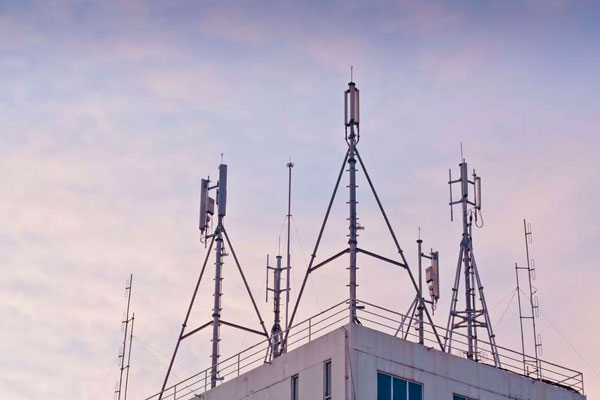About Telstra’s new 700Mhz spectrum

If you were curious about the Telstra’s new 700Mhz spectrum, here is nearly everything you need to know. This article contains quite a lot of tech stuff so we apologise in advance if it is too much but you will be impressed if you can plow through. Well here goes . . . .
Success for Telstra
Telstra had been successful in winning the amount of spectrum they wanted in the Australian Government mobile spectrum auction. This additional bandwidth will help Telstra provide the next generation of services for our customers across Australia, now and into the future.
Why did Telstra buy 700MHz when there aren’t any compatible devices! The simple and provocative answer is – watch this space!
Each mobile device is pre-set to work on certain sets of radio frequencies. For example, all 4G mobile devices Telstra sells today operate at least on their LTE network on 1800MHz spectrum band, on our 3G network bands at 850MHz and 2100MHz and also on 2G network bands in the 900MHz and 1800MHz spectrum (although it would be rare for a 4G device to use 2G other than if roaming). A number of Telstra’s 4G devices will also operate on the 2500MHz spectrum when that becomes available.
So what about the 700MHz band?
700 MHz works really well in covering large distances in rural areas as well as giving good in-building coverage. It’s a great frequency Telstra has got lots of it; they bought 2×20 MHz blocks so Telstra can deliver the maximum peak speed for 4G and support more users in this band when the spectrum becomes available in 2015.
The spectrum they bought in the 700MHz band is known as the APT700 band. Originally developed to be compatible with the frequencies freed up when analog TV signals were shut down in the Asia Pacific region, it’s turned out there are a wider number of countries with compatible spectrum plans. In particular, Latin and South American countries are opting to use this band with Venezuela the most recent to indicate they’ll adopt this spectrum.
Telstra also expects that it will be common in Europe and this means we’re in good company.
While all of this is encouraging Telstra still has a lot of work to do to get devices that are compatible but they have had a lot of experience in developing ecosystems to support new wireless spectrum bands.
In 2005 Telstra was one of the first operators in the world to announce the rollout of a 3G network in 850MHz. When they launched the Next G® network in 2006 Telstra were offered just five compatible devices but Telstra went on to work with the mobile device industry to grow the popularity of this band.
In February 2011 Telstra was one of the first operators in the world to announce they would deliver 4G LTE in the 1800MHz band – now over 40% of all LTE networks globally operate in this band and all device manufacturers offer an LTE1800 compatible device.
Telstra will follow a similar road with 700MHz. What operators all over the world care about is scale and range of devices, roaming compatibility and most importantly, price. To achieve all of these you need to get the maximum possible number of users onto the same standard and spectrum band.
The importance of this goes way beyond Australia and Asia Pacific because if Telstra get this right we should see massive economies of scale that will make the next generation of 4G devices far more accessible to more corners of the planet.
It’s sometimes taken for granted but these devices might fundamentally change the way commerce and education can be delivered in some countries. Telstra are now playing a leading role aligning and accelerating industry adoption of 700MHz.
They have already started the conversation with international industry bodies like the GSA and the GSMA and will create interest and user groups where information can be shared across the industry. Telstra also has strong, long term strategic partnerships with key chipset and device manufacturers who are keen to work with them again to develop an ecosystem to support 4G LTE in the 700MHz band.
The conversations are already underway and next month Telstra will continue them at some of the key international conferences where they will be talking to other operators about the advantage of us all using the same network bands.
Telephone Technologies is looking forward to leveraging the experience Telstra has had in the past in building a new eco-system to bring our customers a great range of devices that are compatible with Telstra’s 700MHz network when we all get access to that spectrum in 2015.